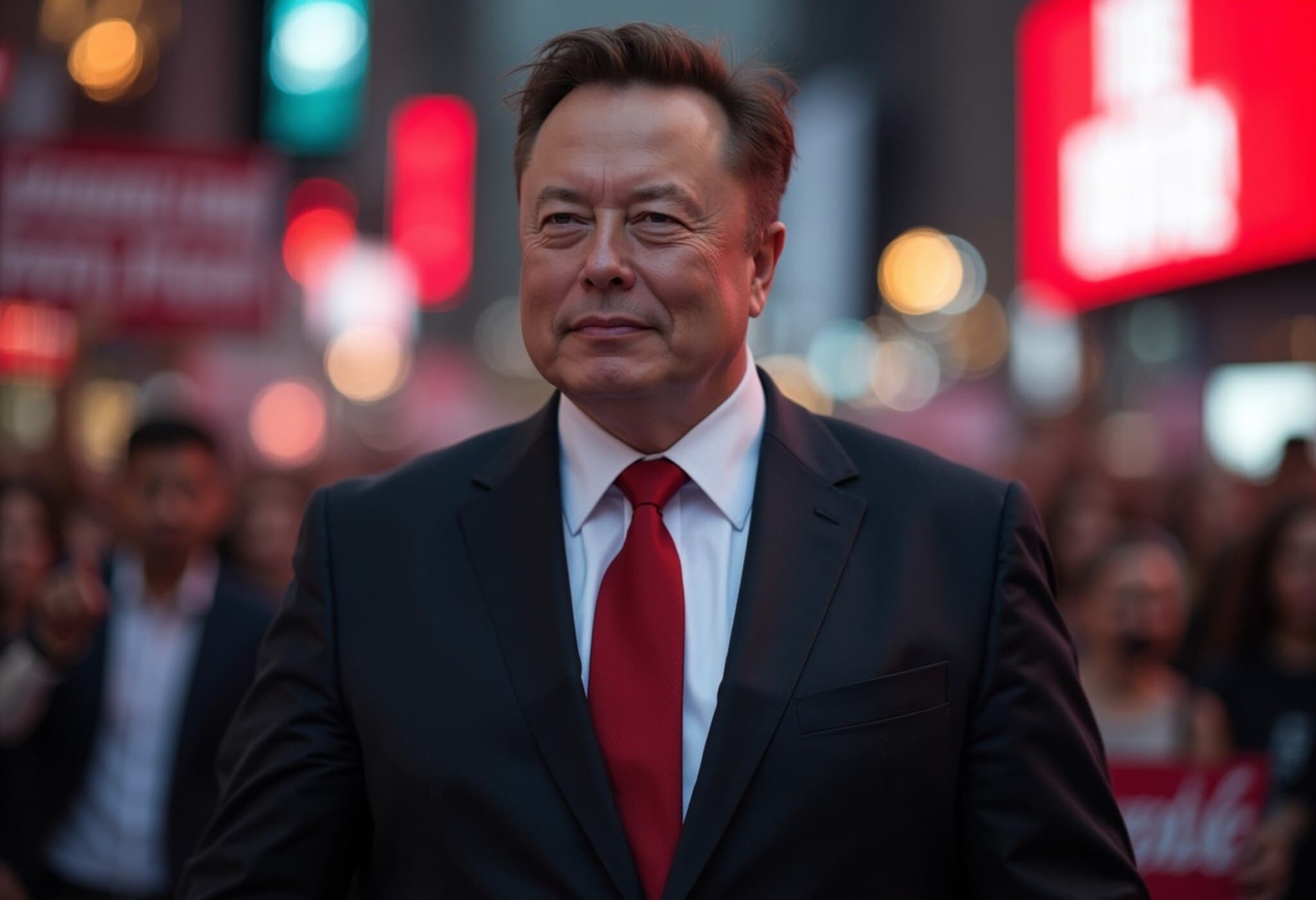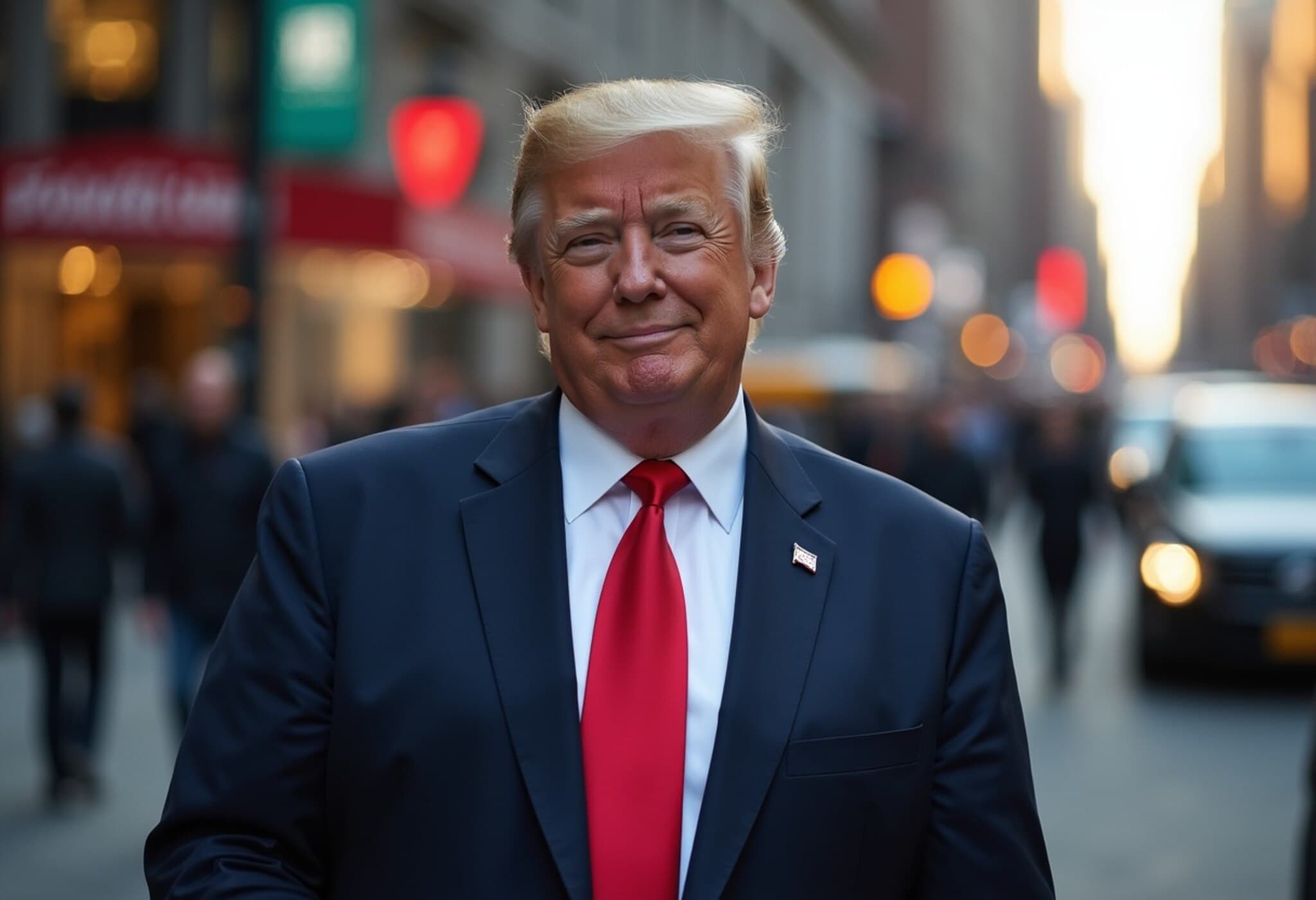Understanding the Nuances Behind a Flat Producer Price Index
On the surface, a flat U.S. Producer Price Index (PPI) in June might seem like a relief amid persistent tariff uncertainties. Wholesale prices remained steady from May to June, offering a glimmer of hope that President Trump's tariffs may be weighing less heavily on the economy than initially feared. However, as experts emphasize, this snapshot does not paint the full picture.
Why the PPI Can Be Misleading
Unlike the Consumer Price Index (CPI), the PPI measures prices at the domestic manufacturing stage—essentially capturing price changes experienced by American producers. According to the U.S. Bureau of Labor Statistics, the PPI “does not include imports, because imports are by definition not produced by domestic firms.” This means that while wholesale prices appear stable, the impact of tariffs on imported goods can remain hidden from this metric.
In contrast, the CPI accounts for all consumer goods and services purchased, regardless of origin. Imported goods, especially apparel and new vehicles, significantly factor into the CPI. The recent 0.3% dip in new vehicle prices in June suggests tariffs are starting to influence certain consumer-facing price categories.
Looking Ahead: The Uncertainty Beyond August
Moreover, the full economic impact of existing and potential new tariffs may remain unclear until after August 1, when updated tariff schedules are scheduled to take effect—assuming deadlines hold firm. This looming date adds a layer of uncertainty for businesses and consumers alike, underscoring the complexity of tariff-induced inflation pressures.
Today's Market Highlights
Couche-Tard Withdraws Seven & i Acquisition Bid
The Canadian convenience store giant Couche-Tard recently stepped back from its proposed acquisition of Japan's Seven & i Holdings, citing what it described as a "persistent lack of good faith engagement." This led to a sharp sell-off, with Seven & i's shares plummeting nearly 9% on Thursday. This development raises questions about cross-border deal-making dynamics and potential regulatory hurdles in multinational retail consolidation.
U.S. Stock Market Navigates Volatility
U.S. indices experienced a rollercoaster session amid mixed economic signals and policy rumors. After slipping on Wednesday fueled by market uncertainty around trade negotiations, stocks rebounded Thursday, yet the path remains anything but smooth. Traders are closely watching tariff announcements and other macroeconomic indicators that could trigger further swings.
Congress Clears Crypto Infrastructure Bills—But Challenges Remain
In a landmark step, Congress has passed key legislation that sets procedural rules for debating cryptocurrency-related laws. While this signals increased regulatory attention and potential for clearer frameworks, fierce opposition from industry stakeholders leaves the long-term fate of these bills uncertain. The legislation's outcome will be critical for crypto markets' stability and innovation trajectory.
TSMC Posts Impressive Profit Surge Amid Geopolitical Headwinds
Taiwan Semiconductor Manufacturing Company (TSMC) reported a staggering 61% jump in second-quarter profits, propelled by booming demand for AI chips. Yet, the backdrop of U.S.-China tensions and tariffs on Taiwanese imports presents ongoing challenges. TSMC’s resilience highlights the semiconductor sector's pivotal role in the global technology supply chain—and the fragility of geopolitics in this arena.
Ether Gains Ground Over Bitcoin
Ethereum’s token, Ether, is making waves by outperforming Bitcoin since April. Having soared over 130%, Ether has outpaced Bitcoin’s 60% increase, breaking through key technical barriers in the process. This momentum reflects shifting investor sentiment and evolving use-cases in blockchain ecosystems, with Ethereum’s network upgrades bolstering confidence.
Tech Titans Expand Subsea Cable Networks to Support AI Growth
Companies like Google and Meta are investing heavily in transcontinental subsea cable infrastructure to meet skyrocketing bandwidth needs driven by artificial intelligence workloads. Researchers at Oxford’s Internet Institute point out that such investments showcase these tech giants’ growing clout—companies large enough to self-finance projects once only viable through consortiums. This expansion cements their foundational role in the global digital infrastructure.
Editor’s Note
The seeming calm in U.S. wholesale prices masks an intricate dance of global trade pressures and emerging market dynamics. As tariffs evolve, so too will their ripple effects through supply chains and consumer costs—a reality that policymakers and investors must continuously monitor. Furthermore, the ripple effects of geopolitical tensions, technological advancements, and regulatory shifts converge to create a complex investment and economic landscape. Staying informed about these subtleties is crucial for stakeholders navigating today’s markets.



















